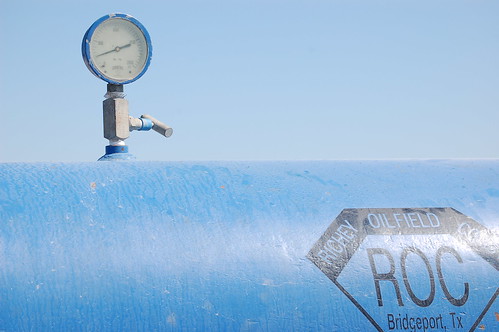Photography is valued for, among other things, seeing what the human eye cannot. From medical scans to red light cameras to artworks made by image makers offering up new perspectives, photography reminds us that there’s always more to observe than we’re physically able to take in. Last week, an article in the New York Times reported on one more instance of this, a new and rapidly spreading use of photography that, experts believe, will play a significant role in blunting climate change.
It turns out that infrared cameras, used to photograph oil and natural gas wells, pipelines, and storage tanks, can “see” methane leaking out through bad seals, joints and cracks that would be invisible to the naked eye. And once that methane—the major component of natural gas—is released into the air, it traps heat in the atmosphere. While ton for ton, methane poses less of a long-term problem than carbon dioxide emissions, it traps 25 times as much heat, and it accounts for one-third of human contribution to global warming.
So, as oil and gasoline prices fluctuate and threaten to soar, and as new underground sources of methane are sought and tapped around the world, photography is becoming an indispensable tool to yet another industry. “People are very surprised,” said Ben Shepperd, an executive of a consortium of 1,200 oil and gas businesses in West Texas, “when they shoot their equipment with these cameras and they see that there are releases in places they wouldn’t have expected.” Within the next year, infrared images from a Japanese satellite will become available to pinpoint the location of methane leaks and hot spots around the globe.
Sealing up the leaks is a win-win situation; researchers say that it will slow the course of global warming and businessmen, like Reid Smith, an environmental adviser for BP, sees another motivating benefit. “We spend a lot of money to get gas to the surface,” he said. “It makes a huge amount of sense to get all of it through the sales meter.”
Produced by the Smithsonian Institution Archives. For copyright questions, please see the Terms of Use.


Leave a Comment